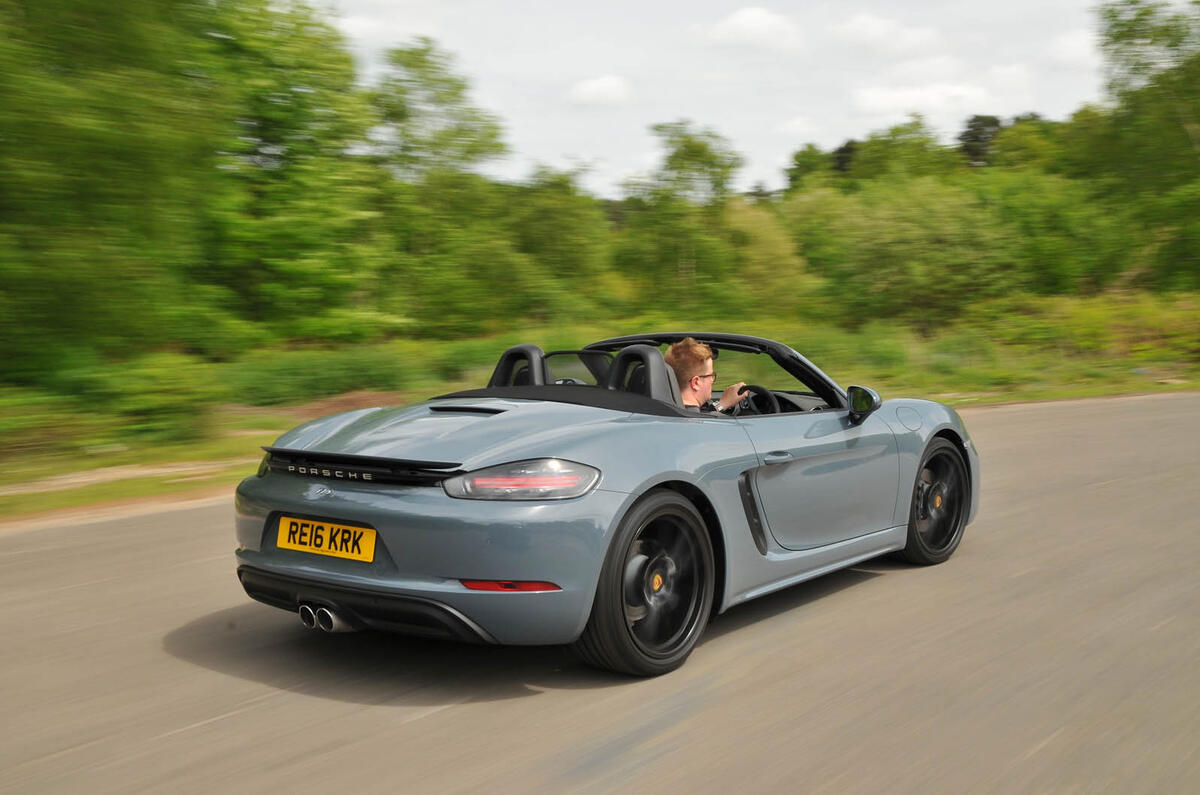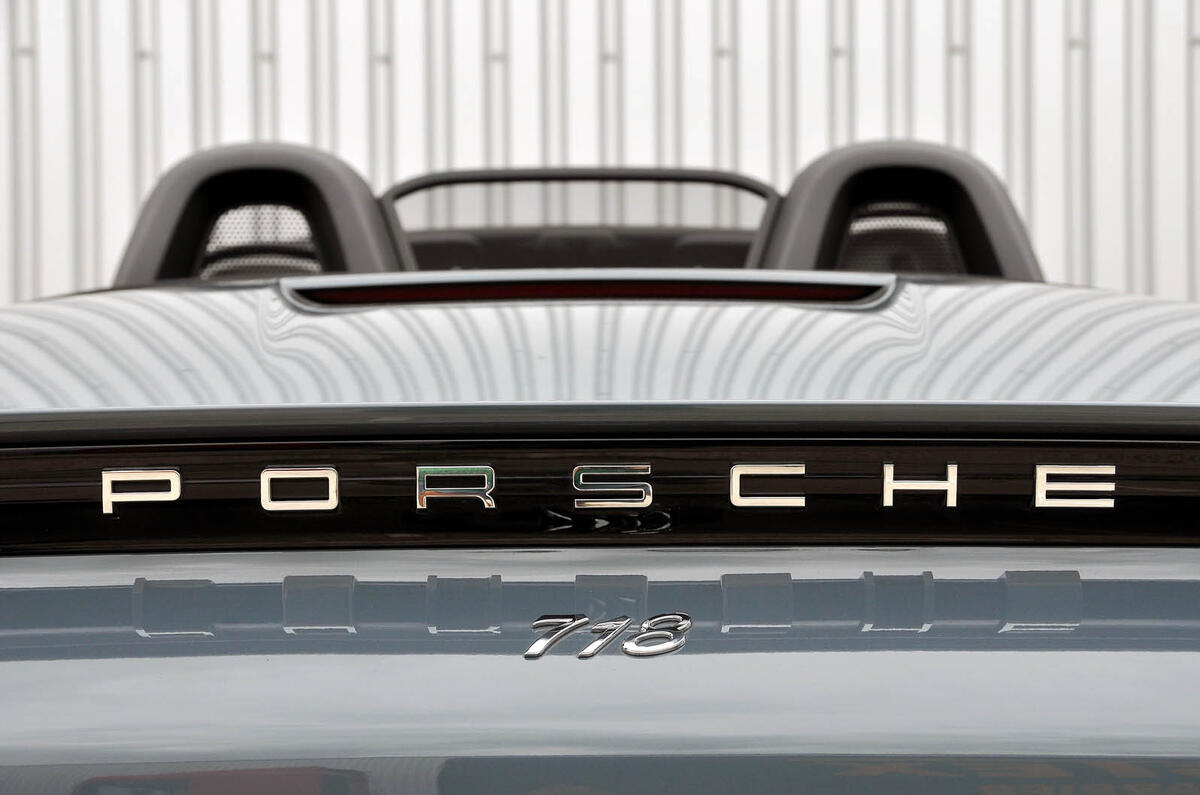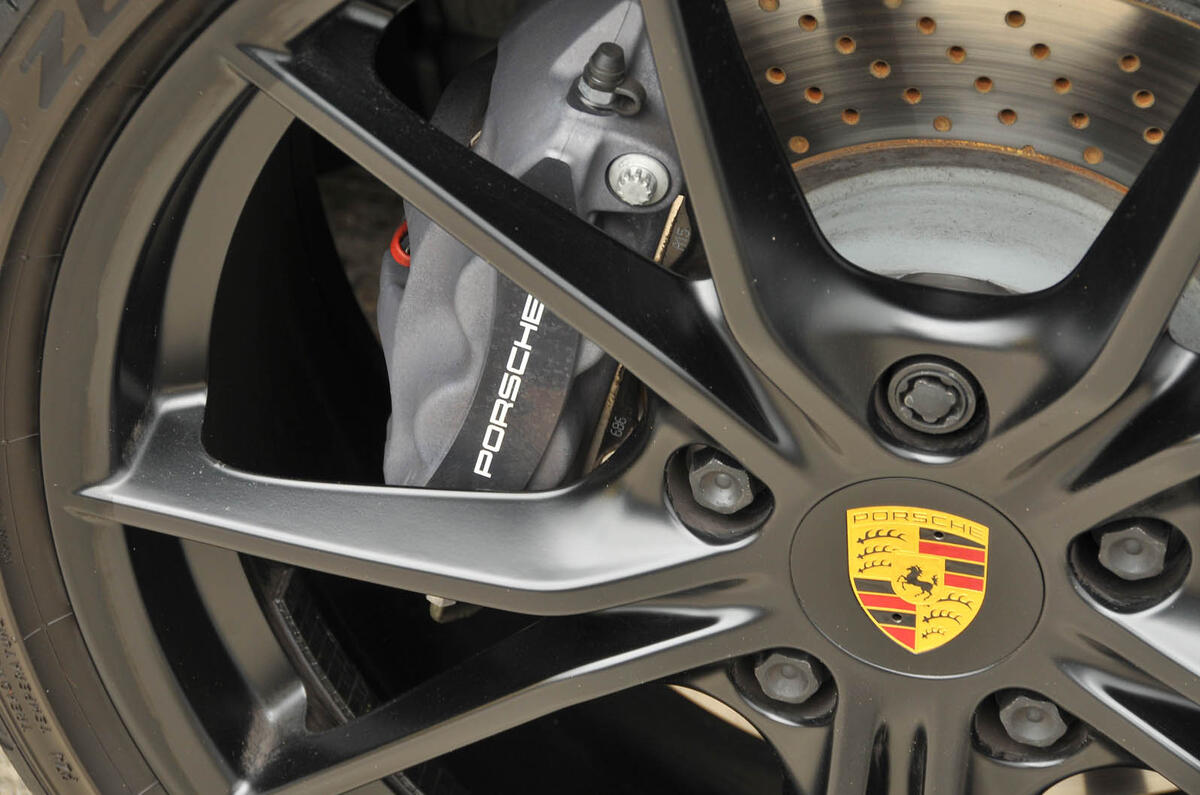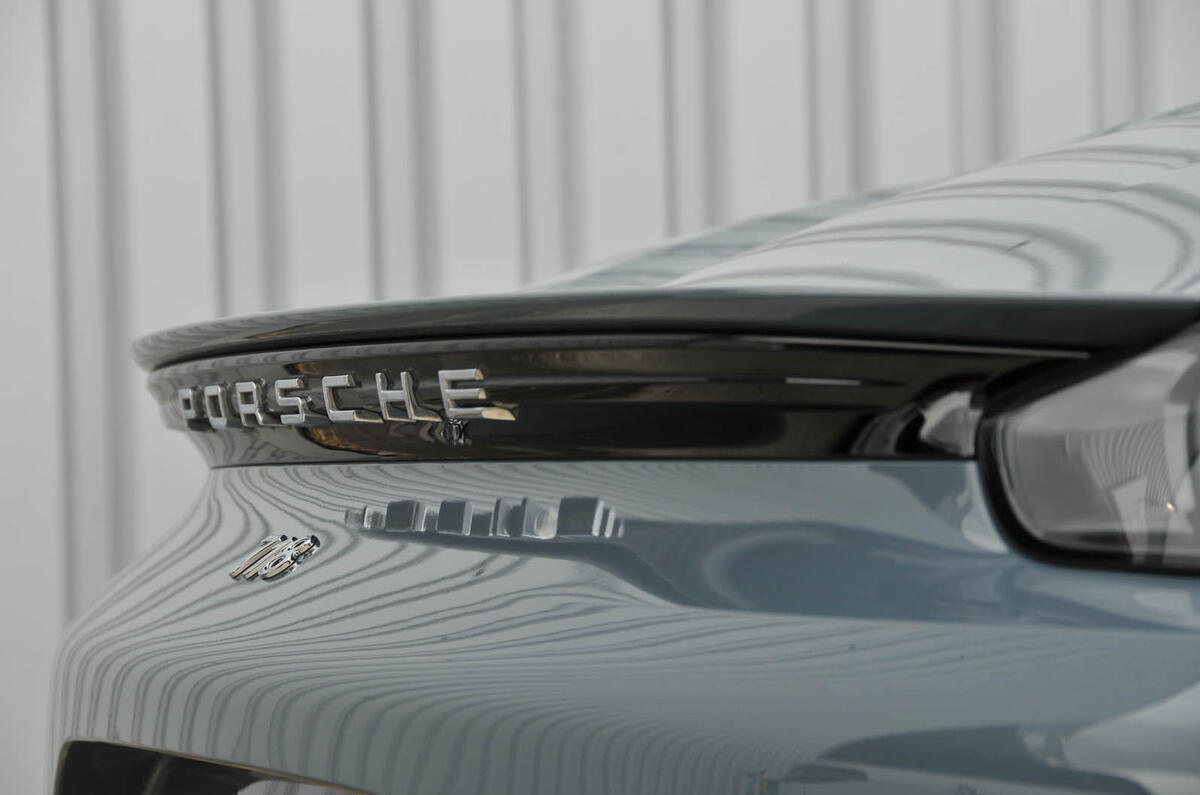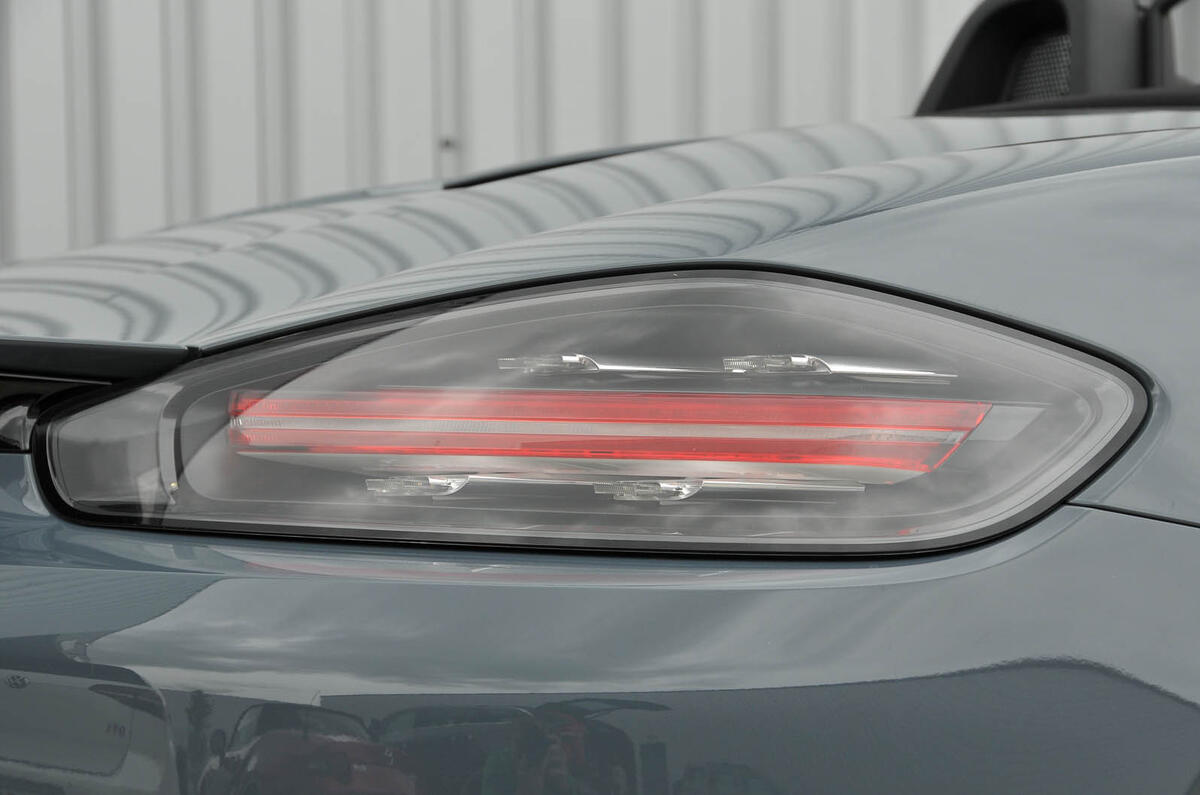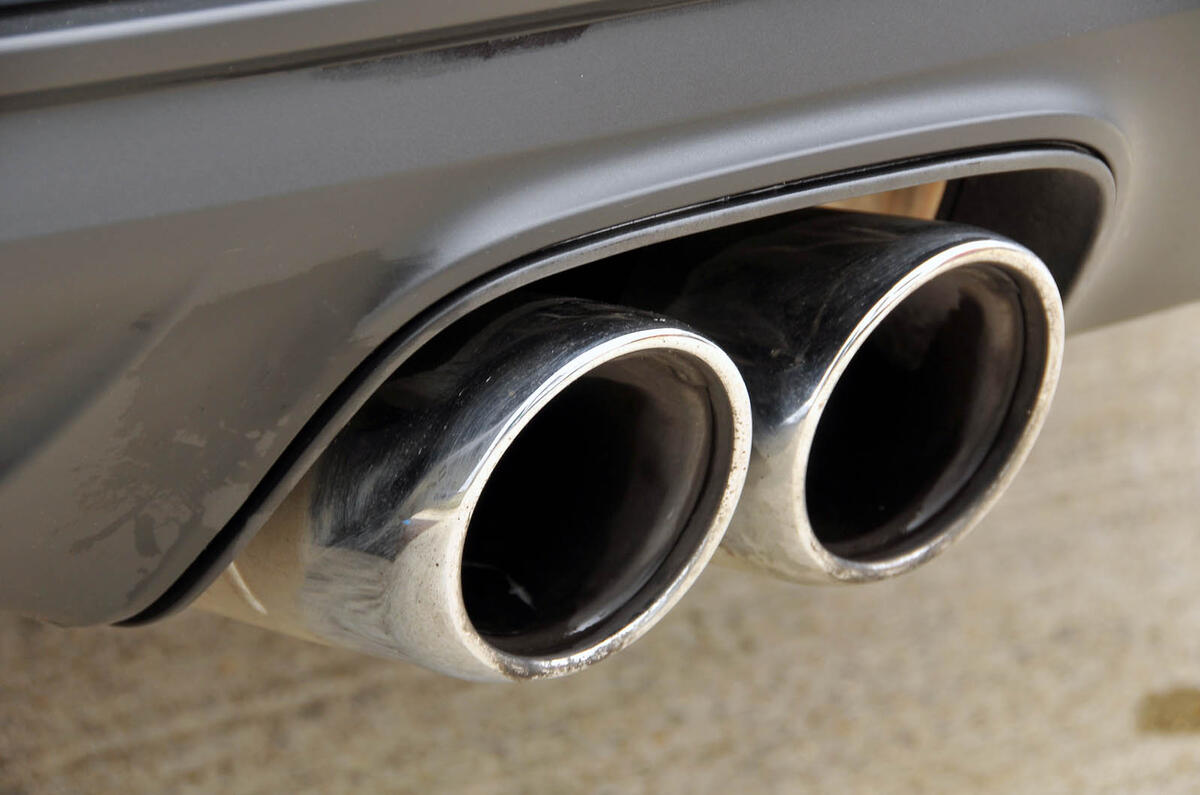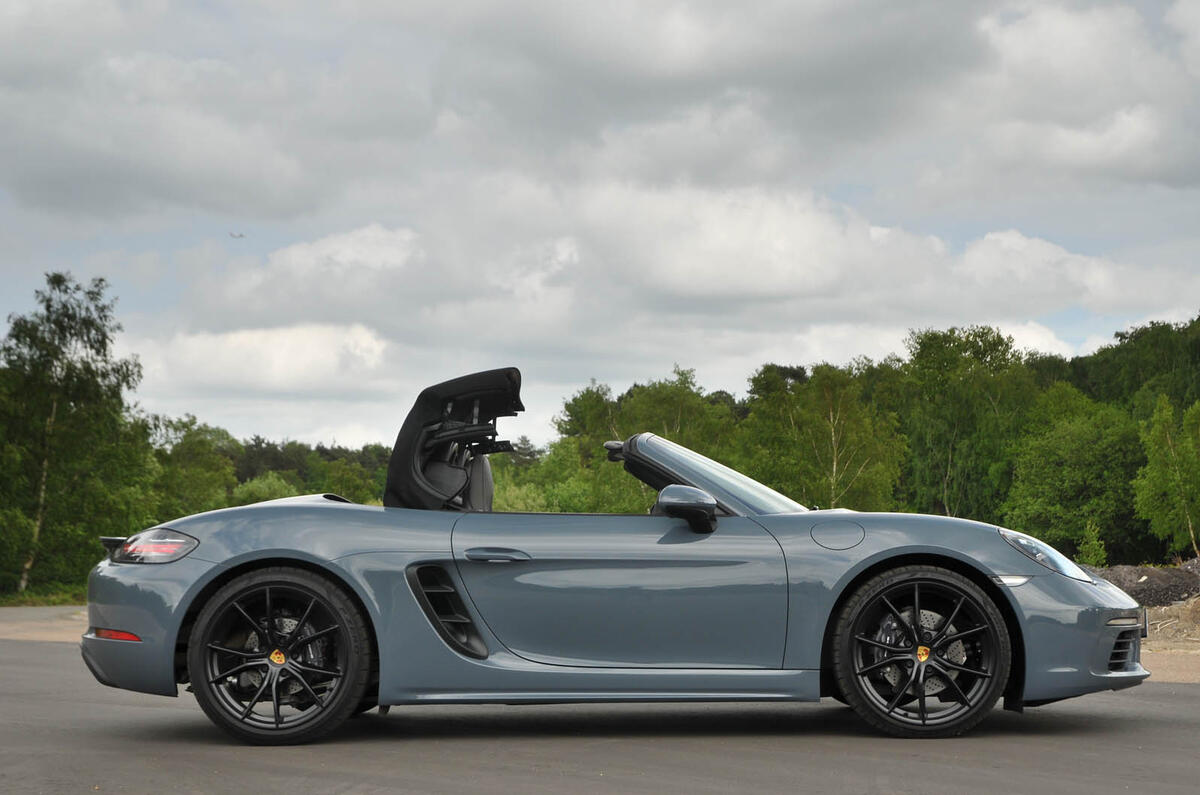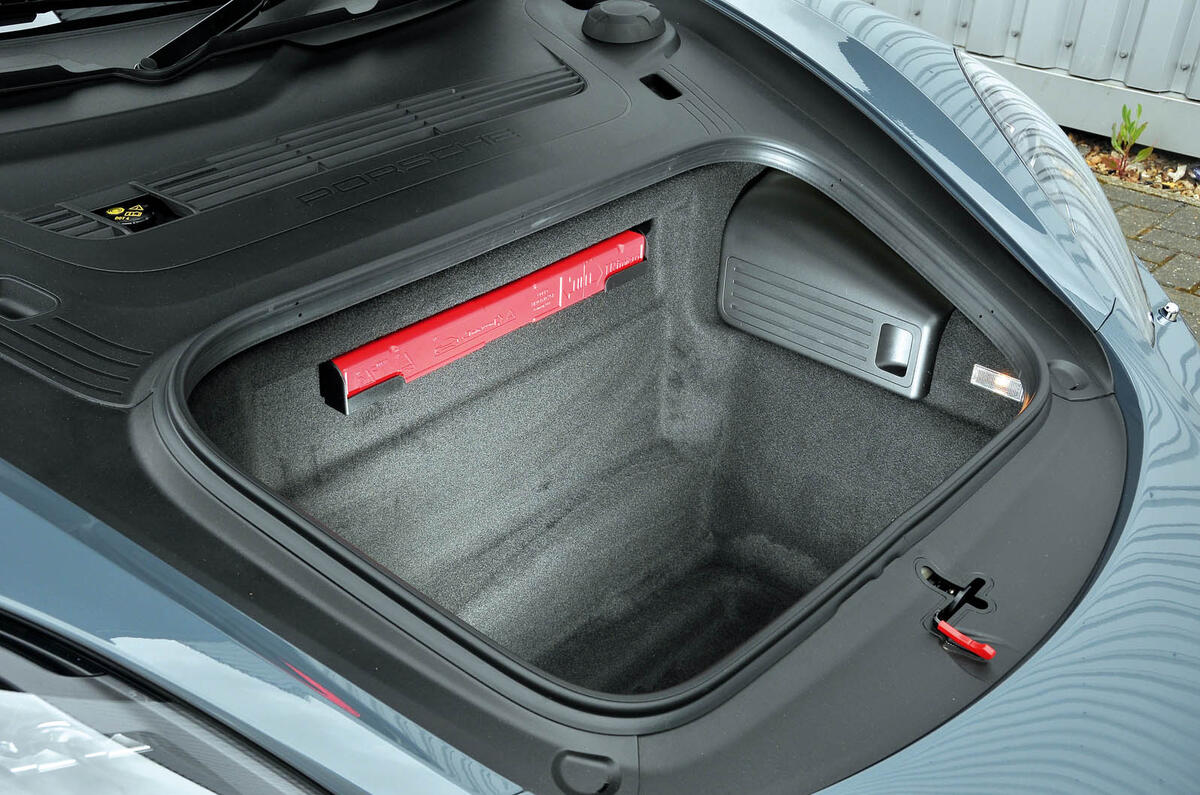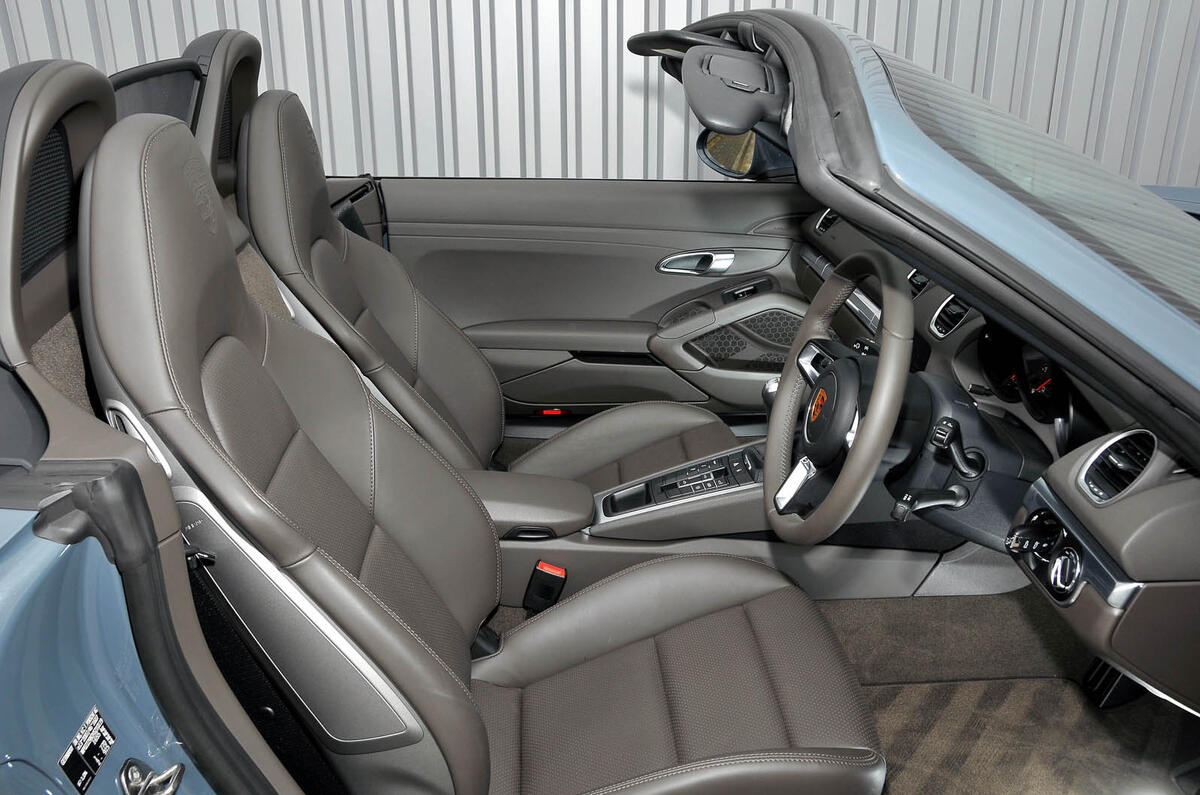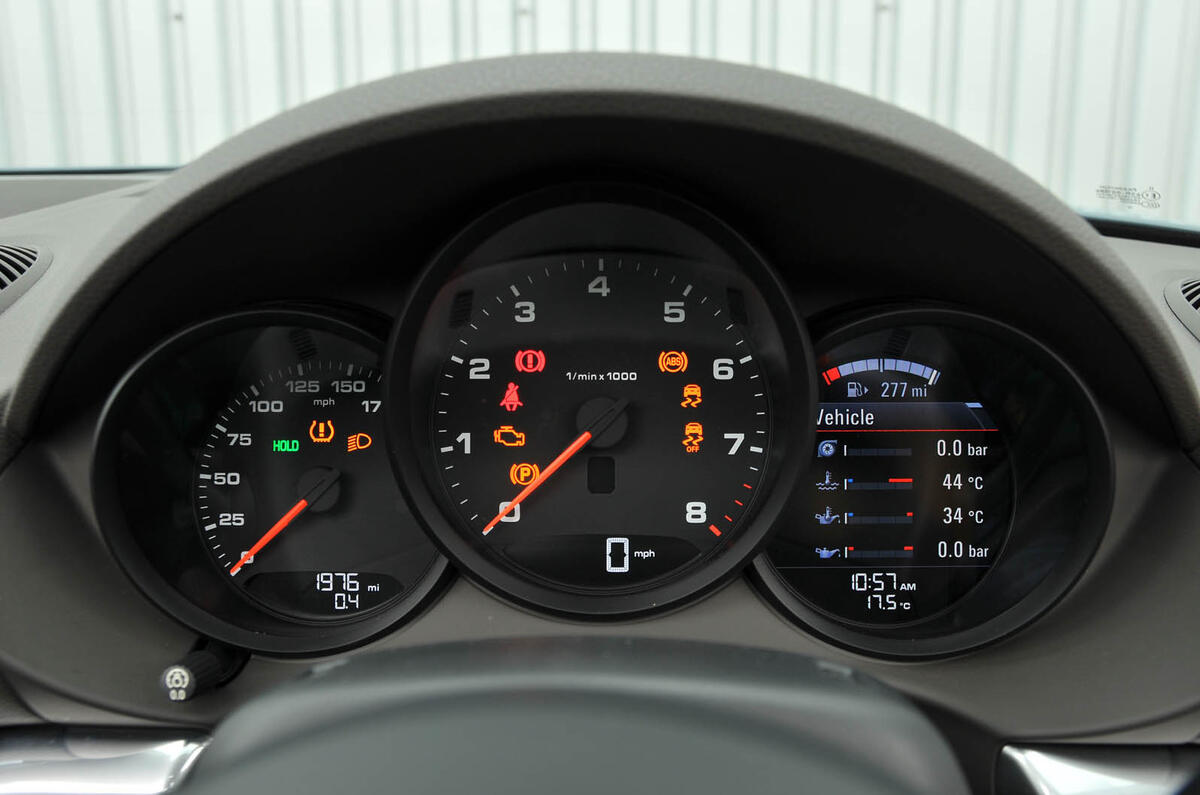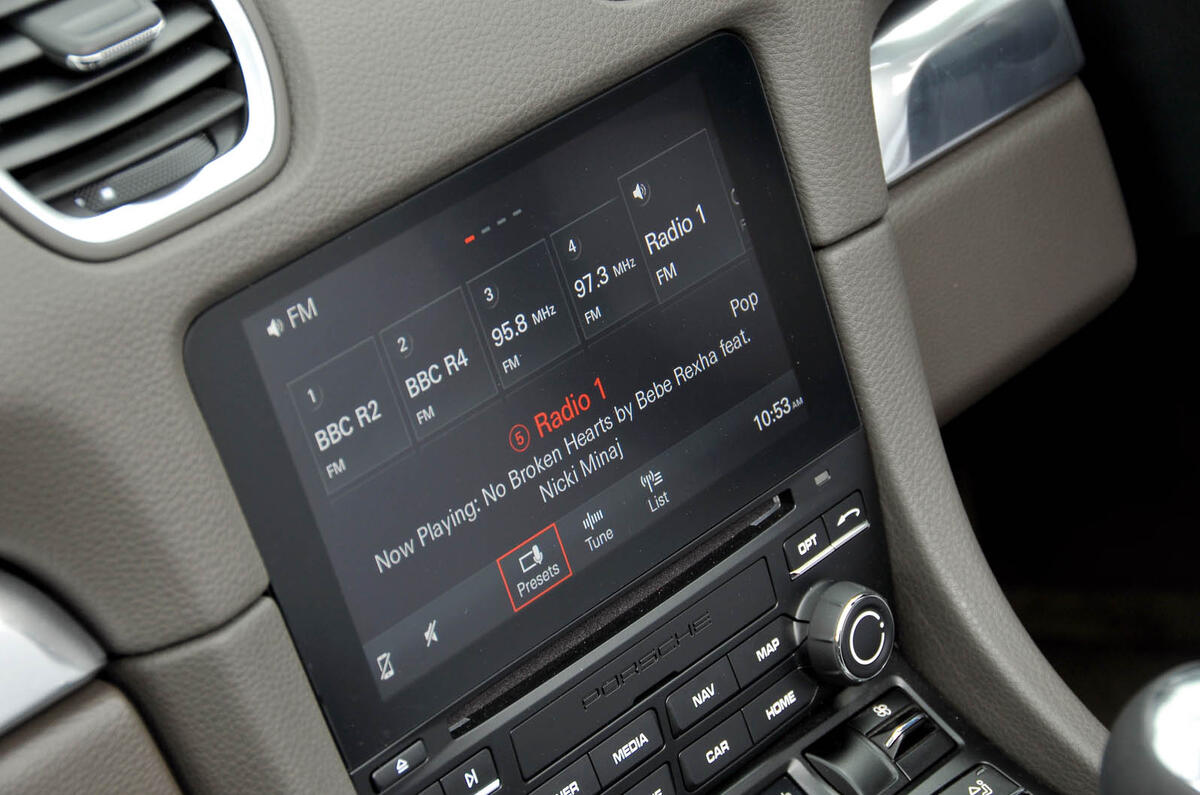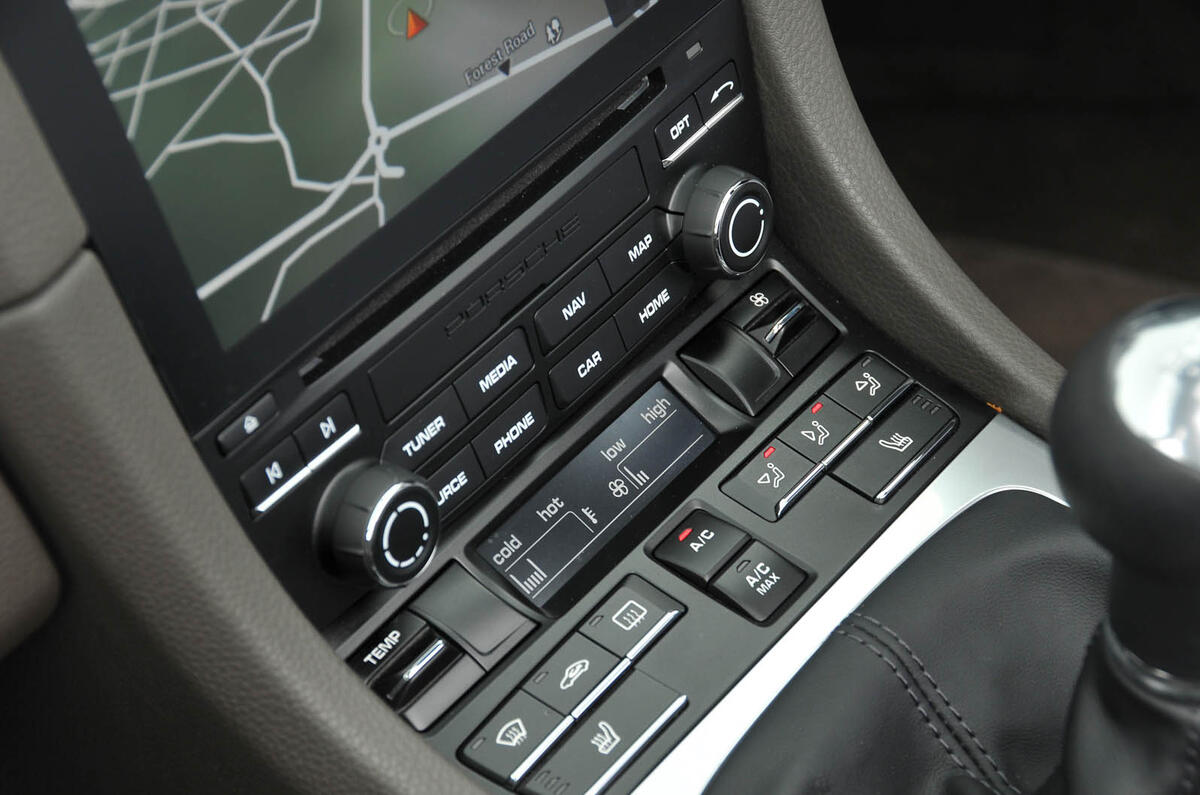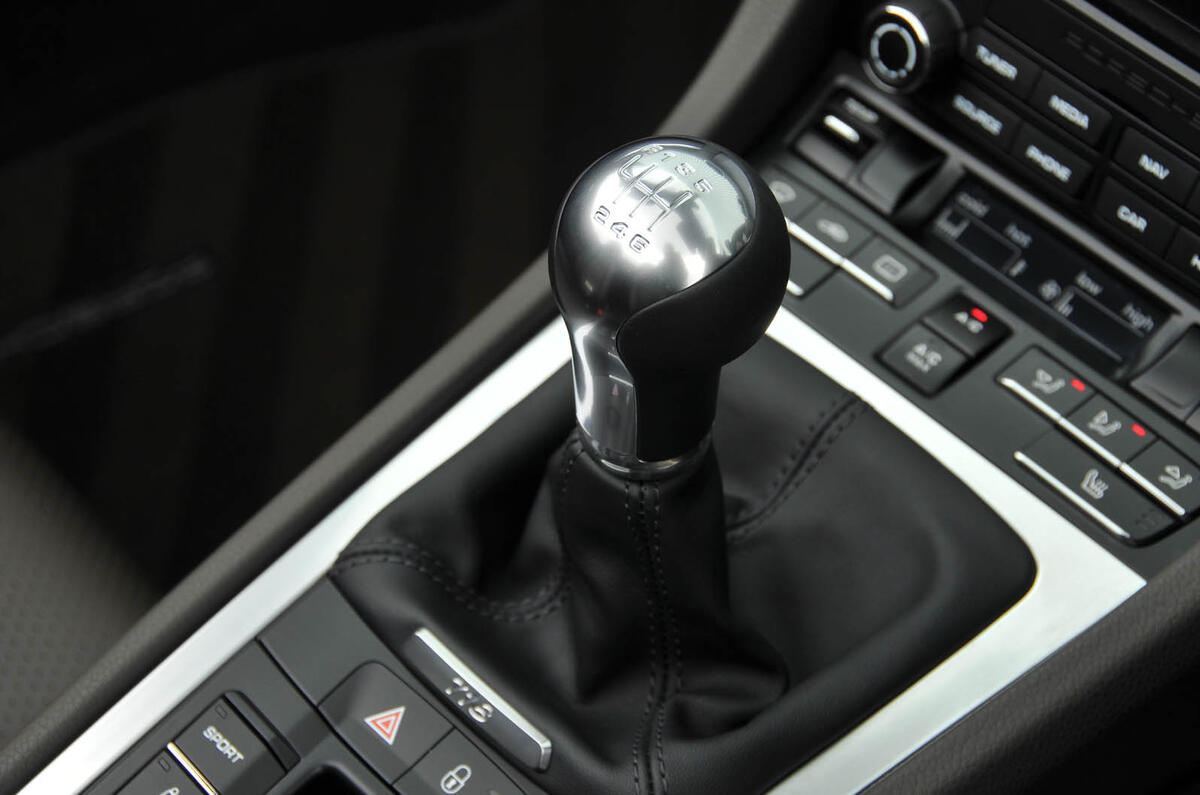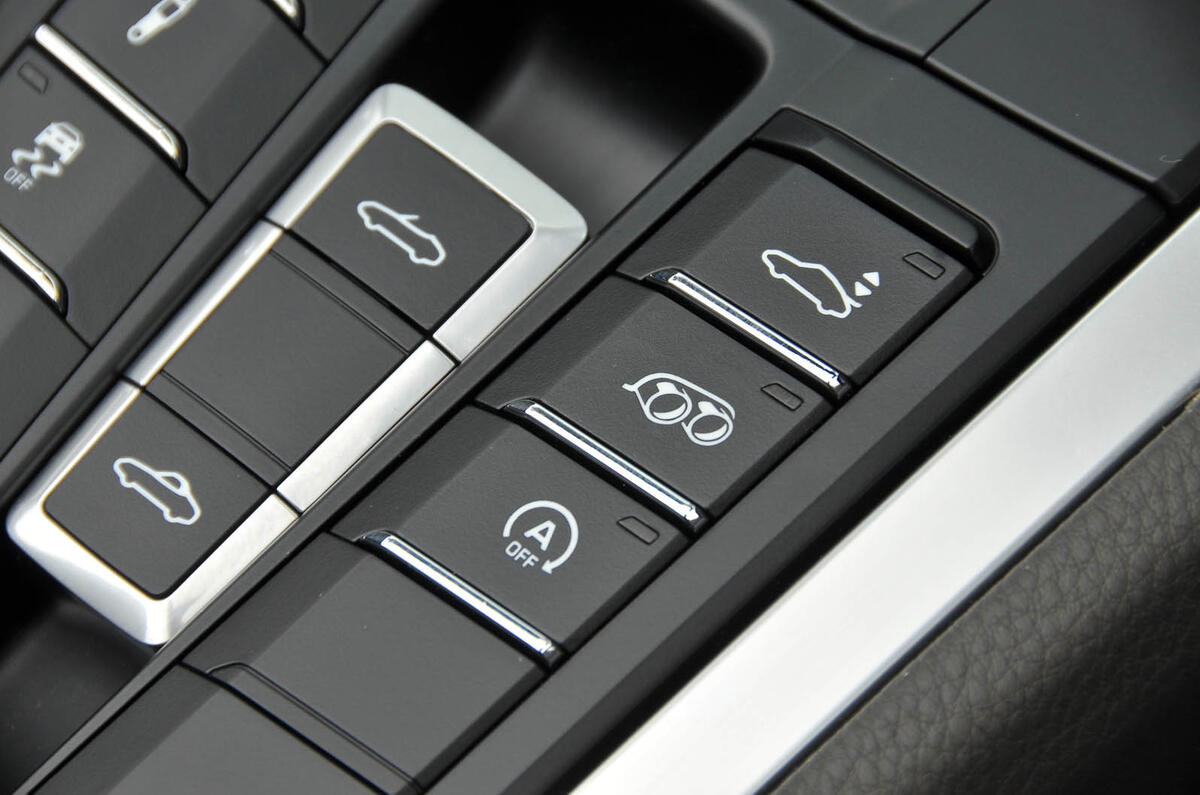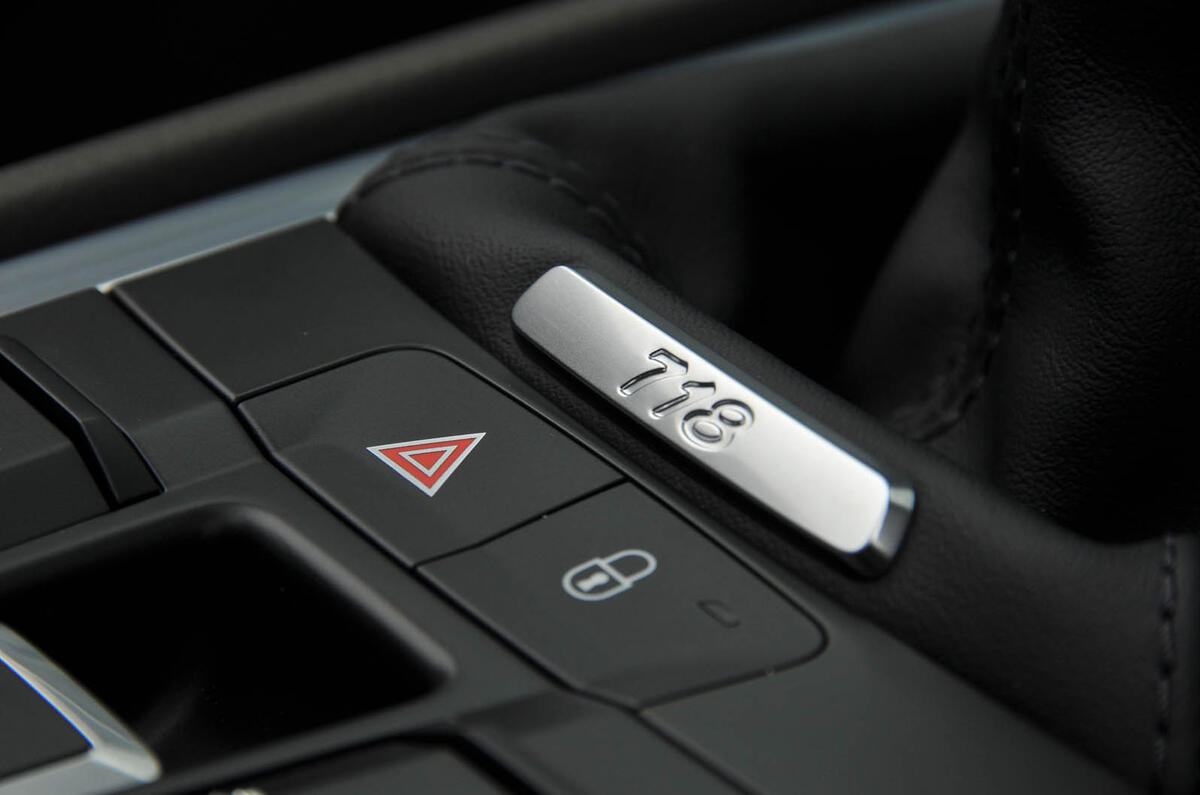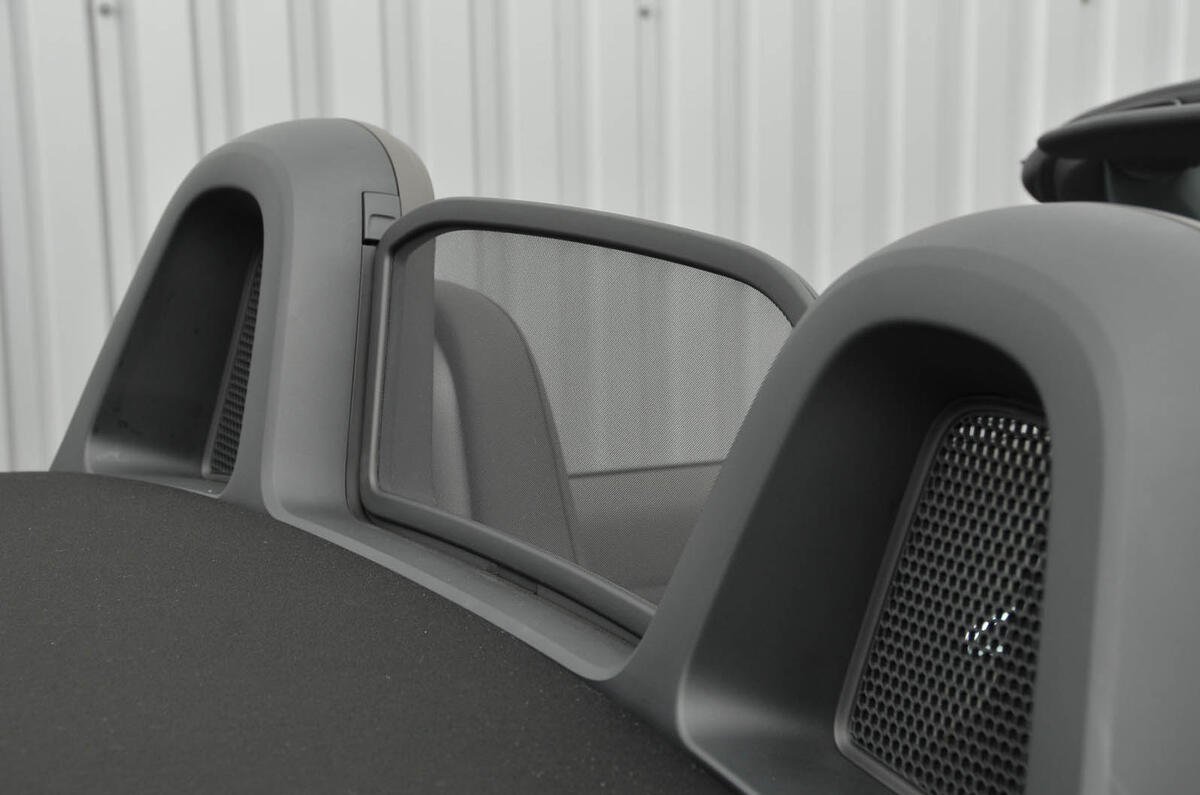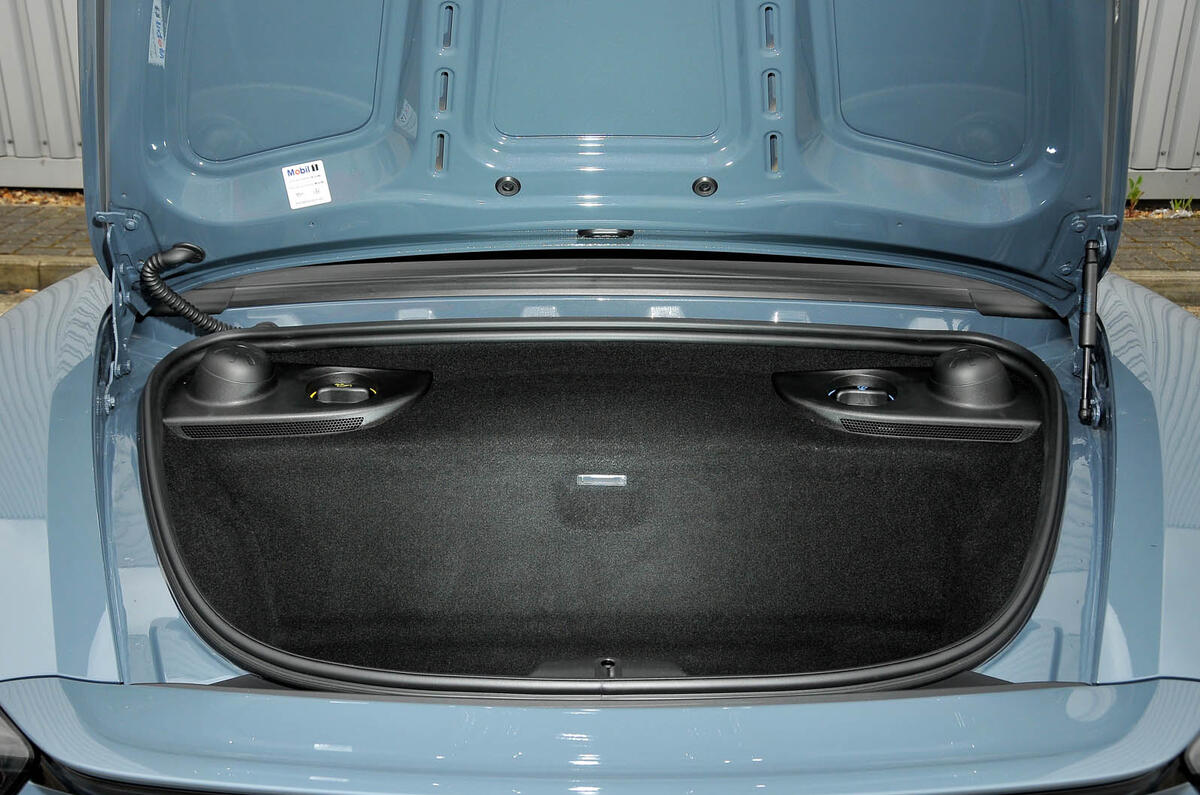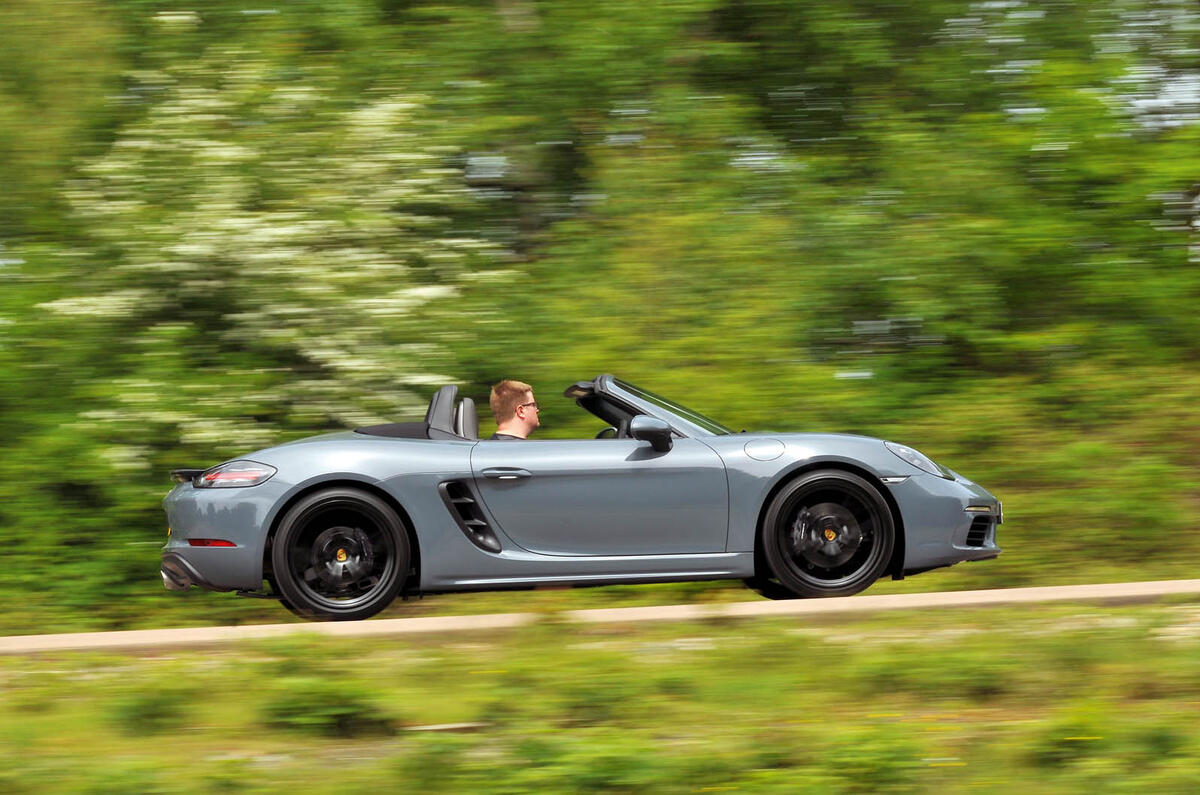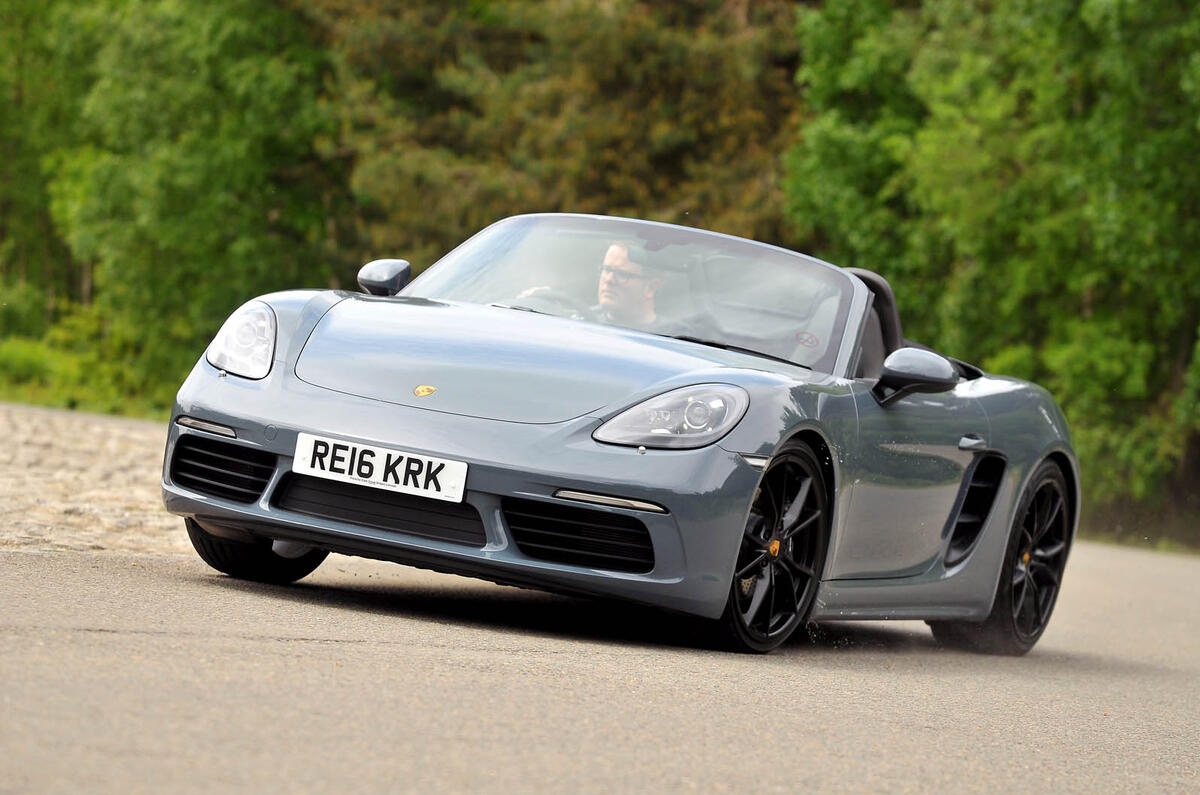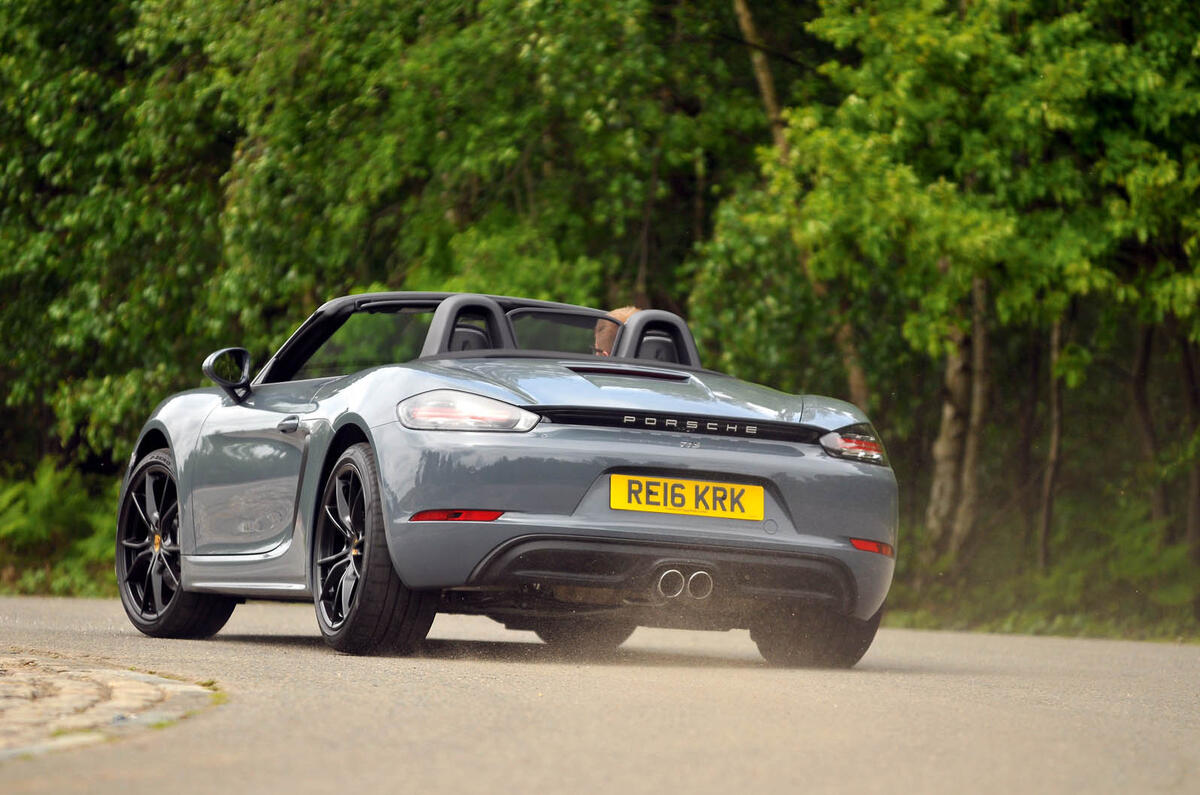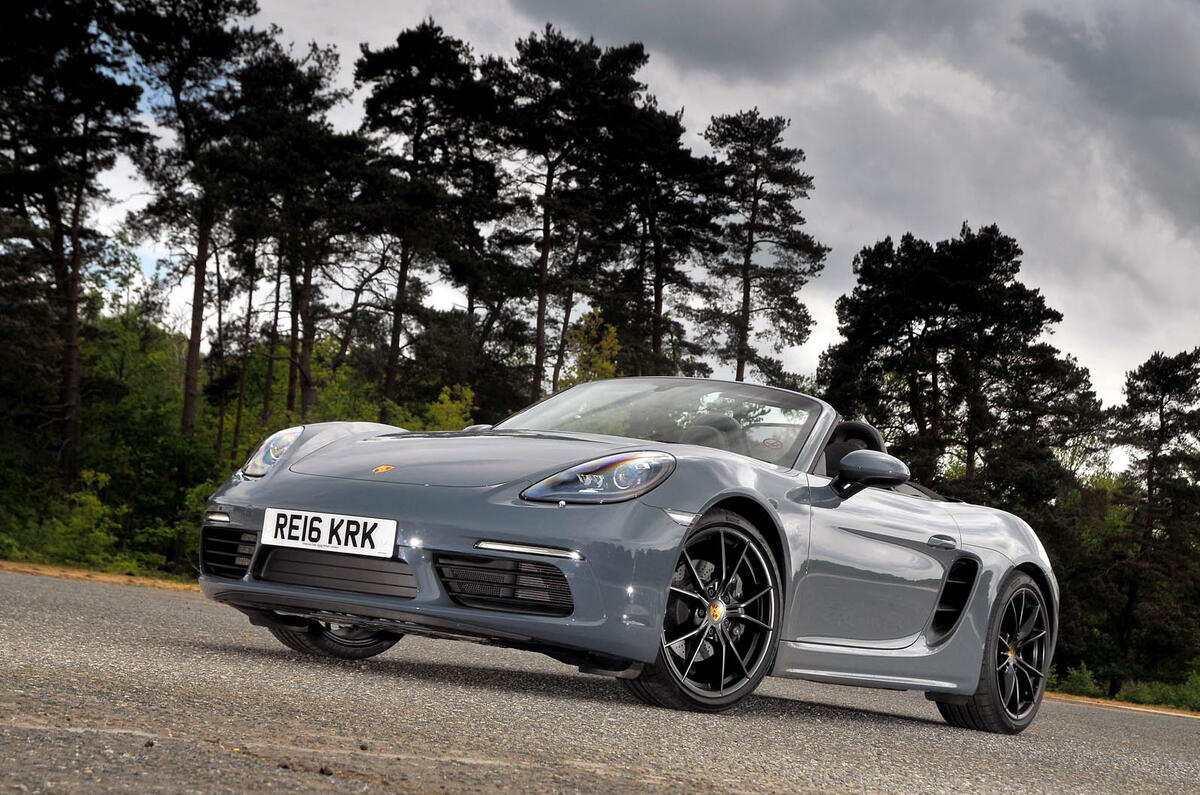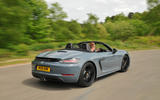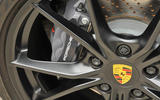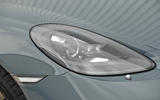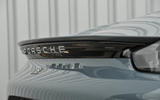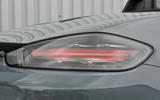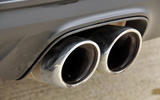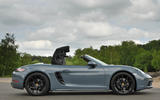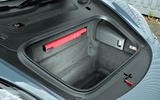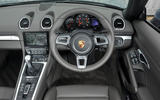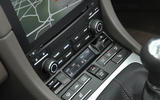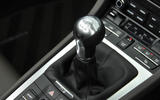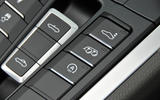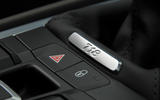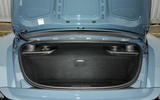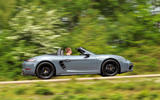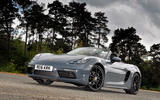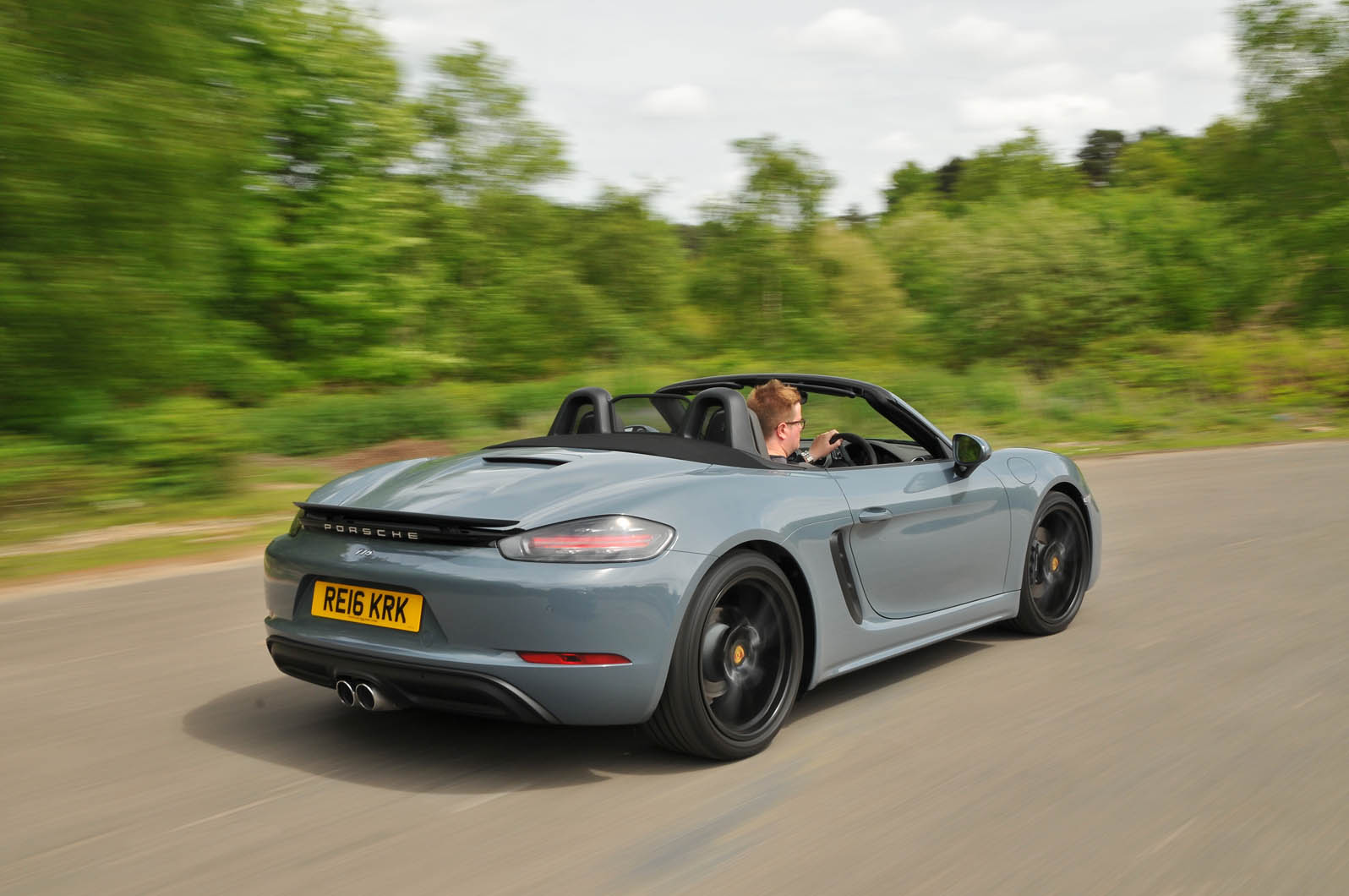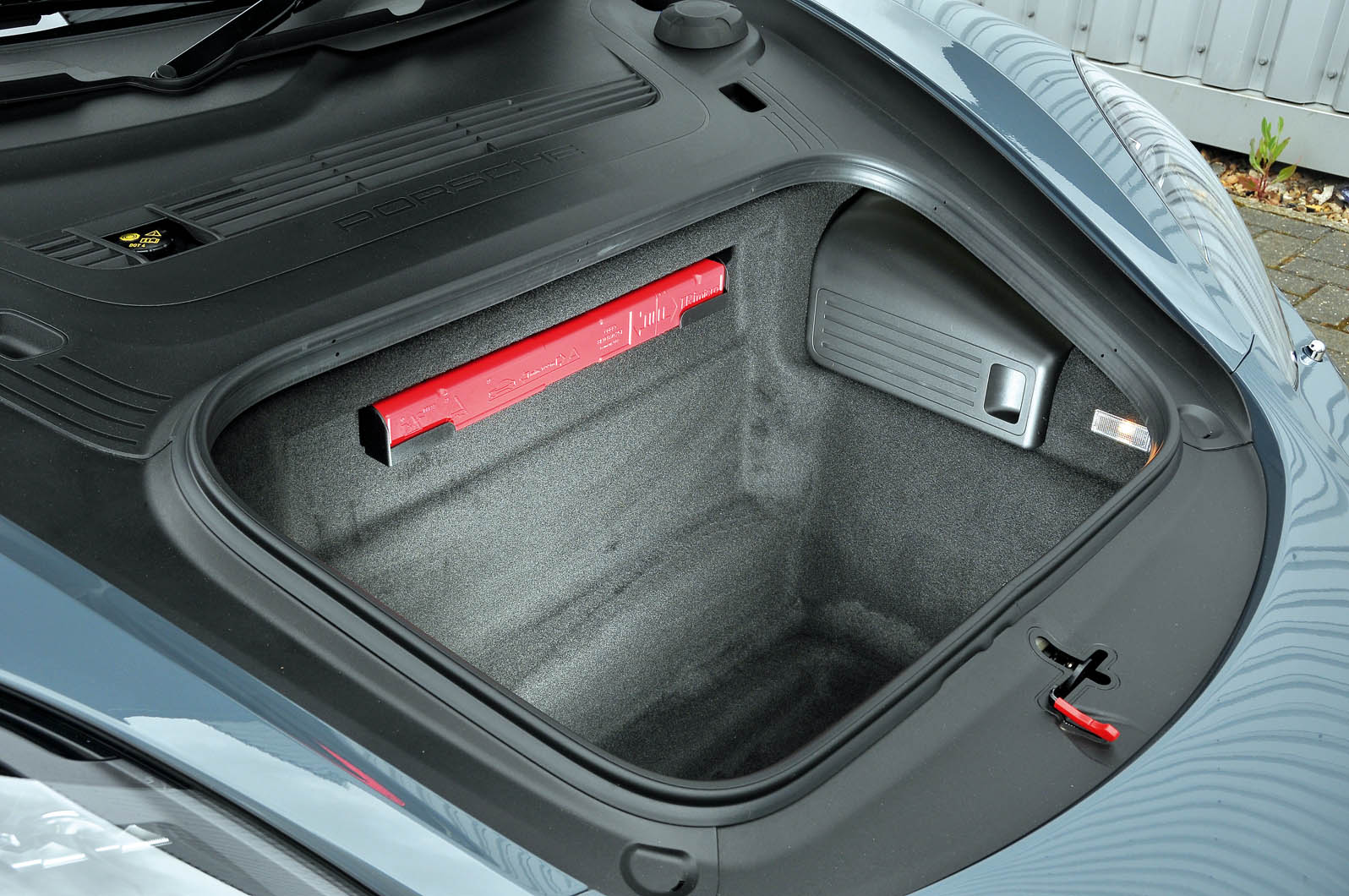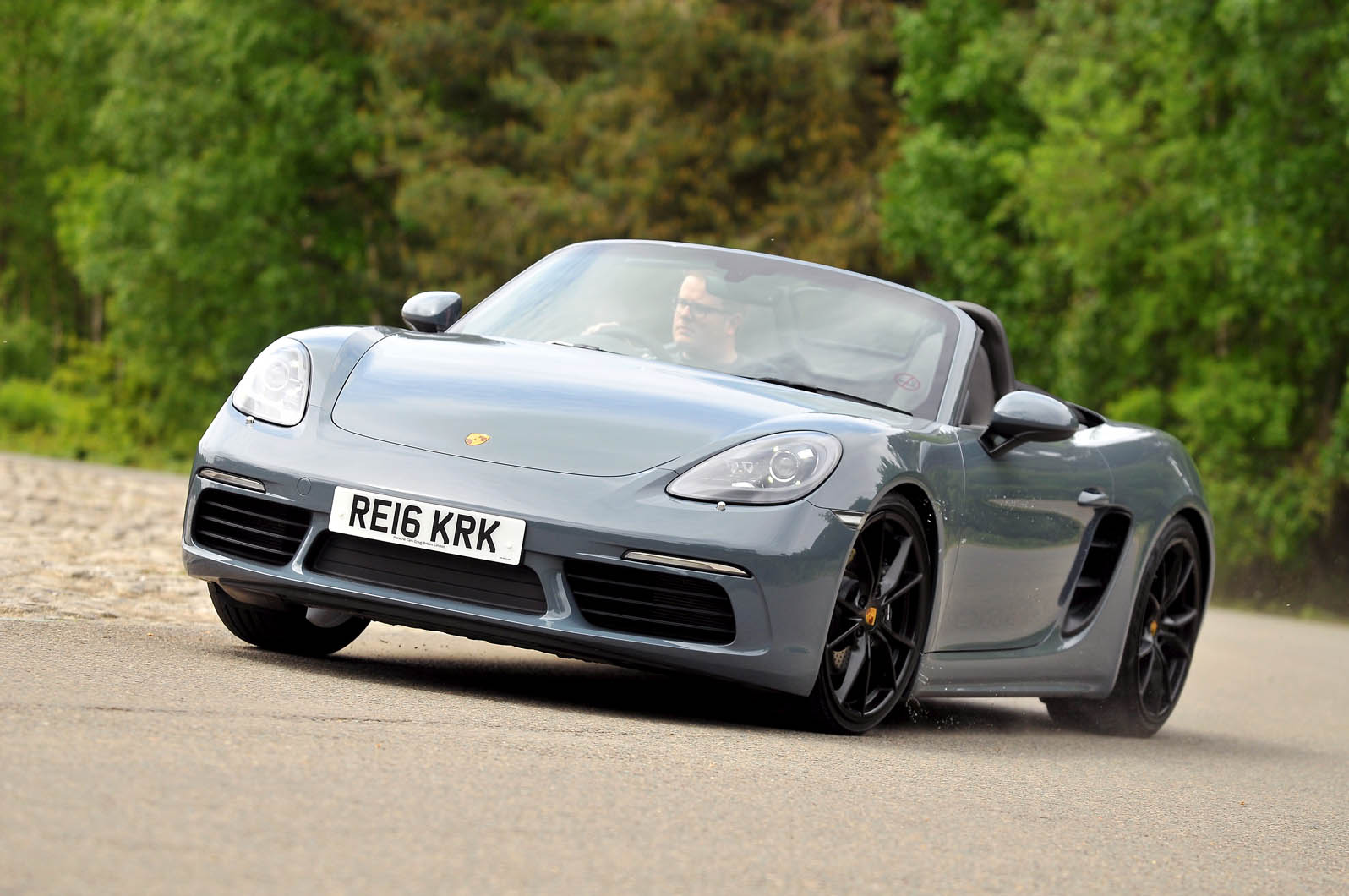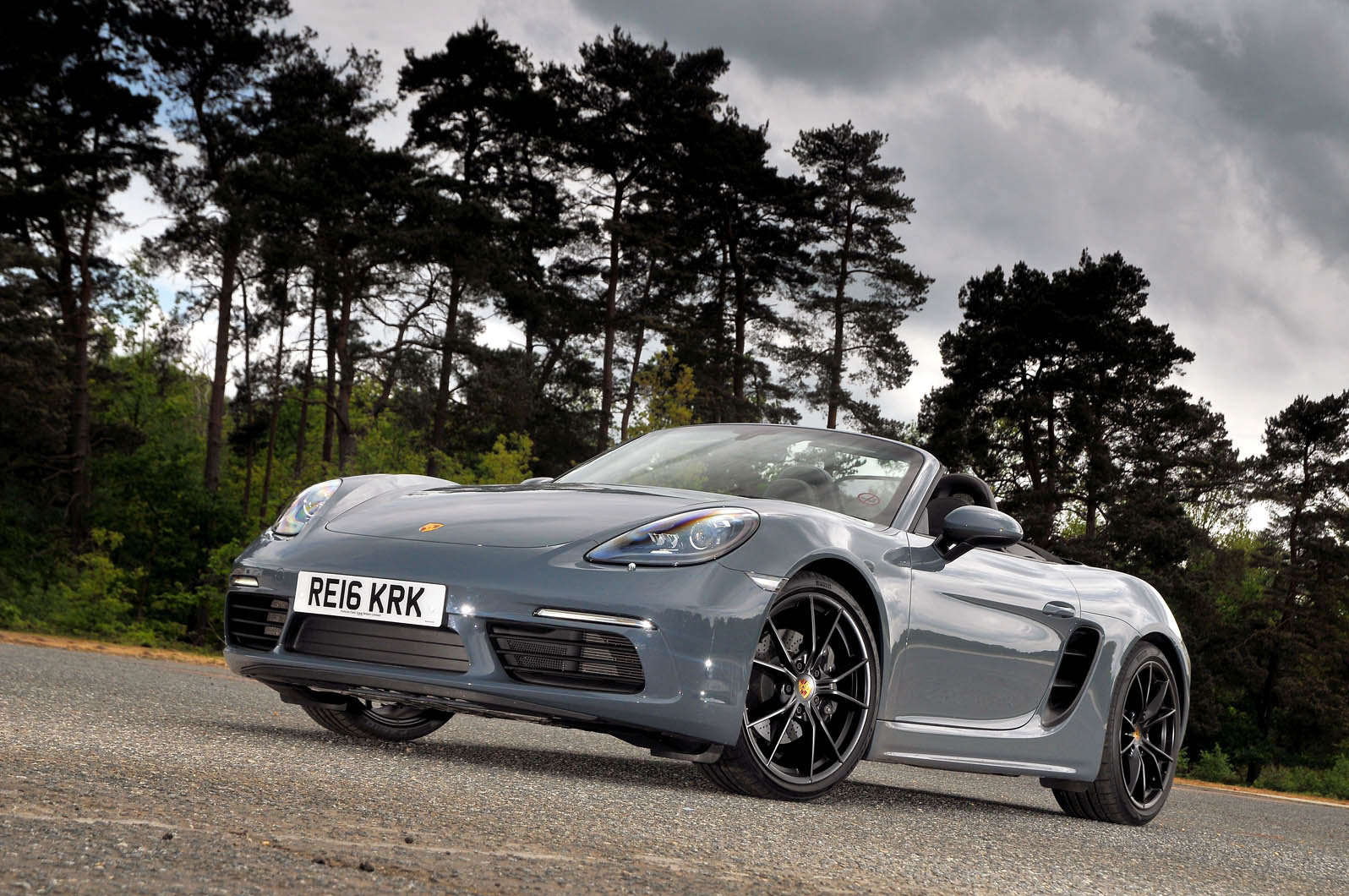It’s hard to understate the importance of the Boxster, not just to Porsche but also to the way it and its peers have shaped the sports car market.
In the mid-1990s, if you wanted a semi-affordable sports car with a beefy engine, you’d have probably had to buy a TVR. Then, all at once, the BMW Z3, Mercedes-Benz SLK and Porsche Boxster turned up.
Instantly, the Boxster was the most serious sports car of the three. The BMW and Mercedes were boulevardiers by comparison.
Then the Audi TT arrived, immature and underpowered. Thousands of people no longer needed to buy plastic-bodied British sports cars to get their open-topped, many-cylindered fix.
And what a fix. With the Boxster began Porsche’s rediscovering of what mid-engined positioning could do for a car’s handling – a gradual development, discovery and reappraising of customer expectations that has culminated in the Cayman GT4 being better to drive, in many people’s minds, than all but the most extreme – or including the most extreme – Porsche 911s.
That all began in 1996 with the 986-generation Boxster, which arrived in 2.5-litre form and stayed that way until 2000. Then it was upgraded to 2.7 litres and accompanied by a 3.2-litre S model.
As engines got bigger, power outputs rose. The 987-generation car arrived in 2005 and the 981 in 2012, and each time you could have greater swept capacity and more power – up to 3.8 litres and 370bhp in the case of the most recent Boxster Spyder.



